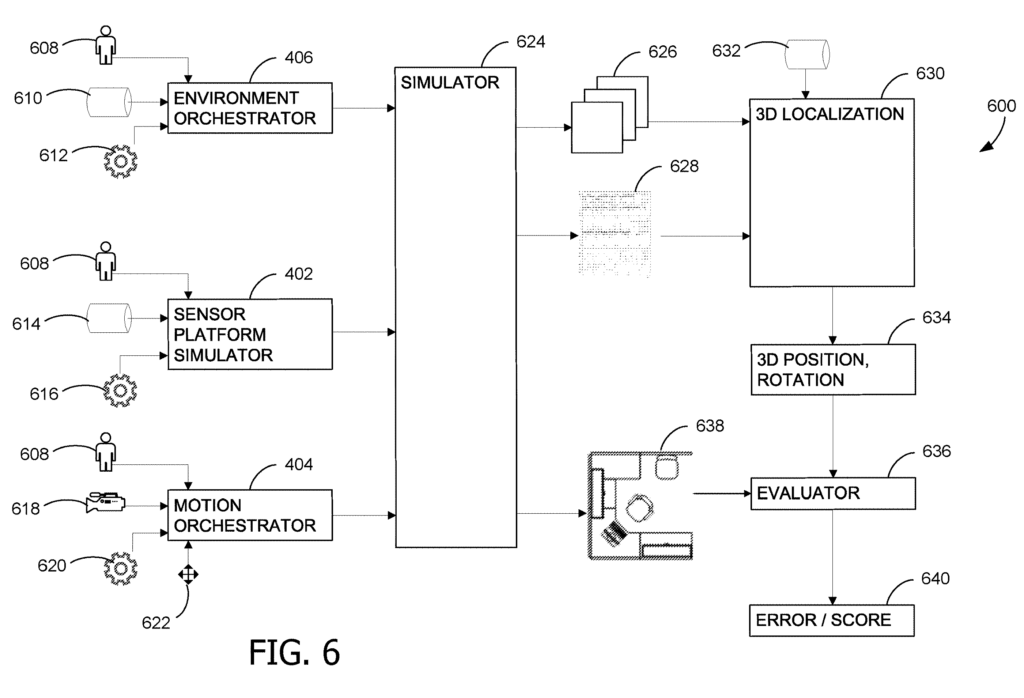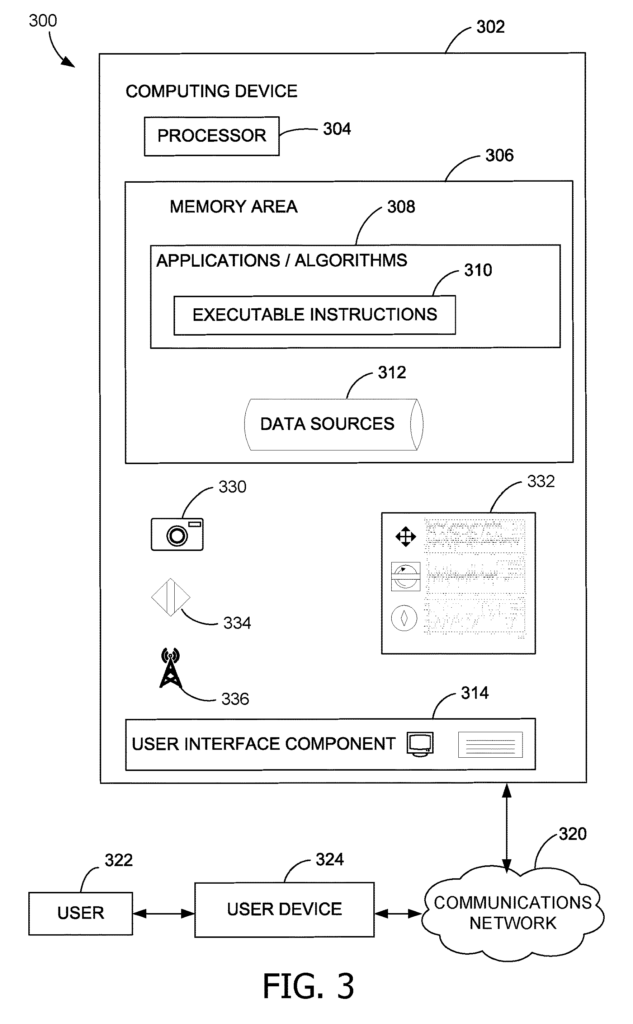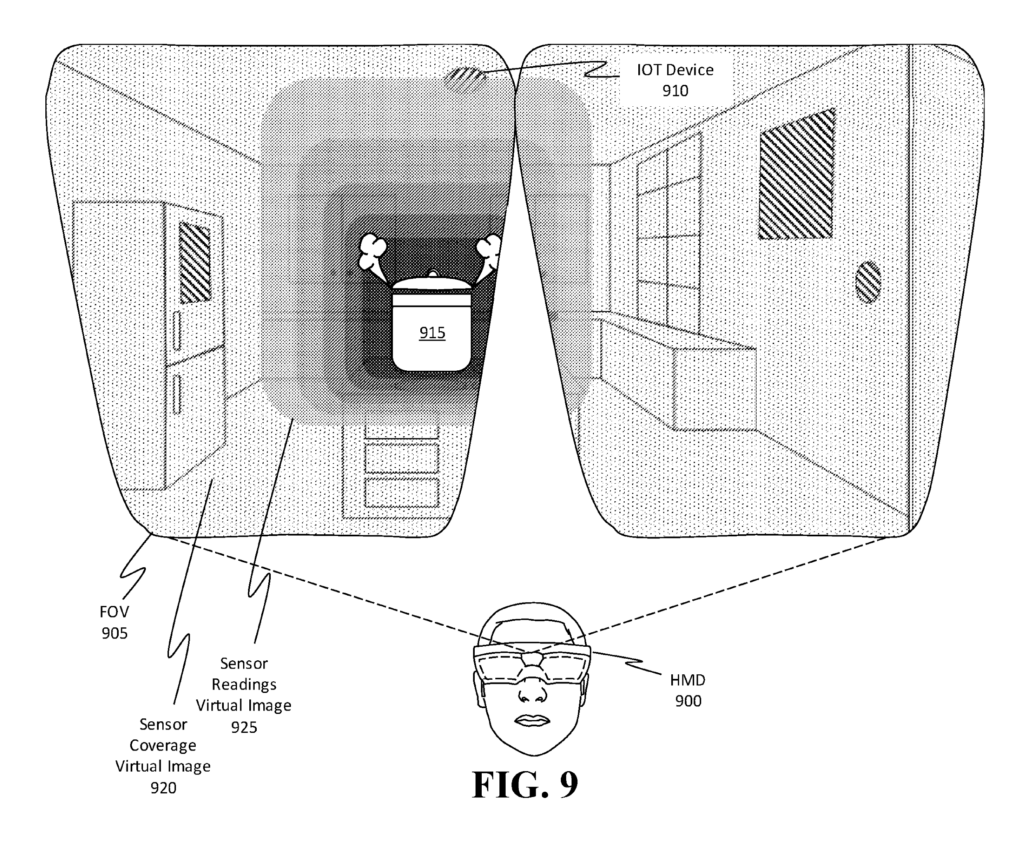In the ever-evolving landscape of mixed reality, Microsoft Mesh has emerged as a ground-breaking platform, revolutionizing how people collaborate virtually. Recently, Microsoft Mesh has been in the spotlight due to its innovative features that enable users to transcend physical boundaries and interact in shared holographic experiences. Whether you’re in the same room or across the globe, Mesh brings the world closer together. This cutting-edge platform was showcased in Microsoft’s latest event, drawing attention to its potential applications in fields such as healthcare, education, and remote work.
What Are the Key Features of Microsoft Mesh?
- Shared Holographic Experiences: Mesh allows users to share holographic experiences across devices, making collaboration more immersive and interactive.
- Cross-Platform Compatibility: Microsoft Mesh is designed to work seamlessly across different devices, from HoloLens to smartphones, ensuring accessibility.
- Real-Time Collaboration: With Microsoft Mesh, teams can collaborate in real time, no matter where they are located, making remote teamwork more effective.
- Avatars and Virtual Presence: Users can create personalized avatars, adding a human touch to virtual interactions and making meetings more engaging.
- Secure and Scalable Cloud Infrastructure: Built on Azure, Microsoft Mesh ensures secure, scalable, and reliable experiences for users worldwide.
How Do Patents Define the Innovation Behind Microsoft Mesh?
The cutting-edge features of Microsoft Mesh are protected by several key patents that secure Microsoft’s intellectual property and demonstrate the advanced technology driving the platform. Here’s a look at some of the crucial patents:
US10223832B2 (Contextual Personal Information Display)
This patent covers technology that provides contextual personal information through a mixed-reality display device. It enables the display system to identify and track the positions of people in a location based on both image and non-image data, facilitating real-time, context-aware interactions.
US11087176B2 (Synthetic World Interface)
This patent is related to a synthetic world interface that models digital environments, sensors, and motions. It enhances the development and improvement of localization algorithms within virtual and mixed reality environments, speeding up the development process while reducing costs.
US11928856B2 (Refining Computer Vision and Speech Algorithms)
This patent is critical for evaluating and improving computer vision and speech algorithms within synthetic environments. It’s a vital part of delivering the refined mixed reality experiences that Microsoft Mesh is known for.
EP4005186A1 (IOT Device Re-localization)
This patent introduces improved techniques for the accurate tracking and updating of IoT devices within Microsoft Mesh. By ensuring seamless integration of IoT devices, this technology enhances the overall functionality and user experience of the platform.
How Does Microsoft Mesh Stand Out from Competitors?
- Google’s Project Starline: While Project Starline delivers an immersive video conferencing experience, it lacks the comprehensive mixed reality capabilities that Microsoft Mesh offers. Mesh goes beyond simple video to create truly interactive holographic experiences.
- Meta’s Horizon Workrooms: Meta’s focus on virtual reality workspaces is noteworthy, but it falls short in terms of cross-platform versatility and seamless integration with enterprise tools—areas where Microsoft Mesh excels.
- Apple’s ARKit: Apple’s ARKit is a leader in augmented reality, but it doesn’t match the real-time collaboration and holographic experiences provided by Microsoft Mesh. Mesh not only keeps pace with the future but leads it.
As the world continues to embrace digital transformation, Microsoft Mesh stands out as a beacon of what is possible when innovation meets collaboration. Its robust features, backed by ground-breaking patents, set it apart from other solutions in the market. Microsoft Mesh is more than just a mixed reality platform; it is the future of how we collaborate, learn, and interact in a digital-first world.
Need to know anything else? We got you covered!







